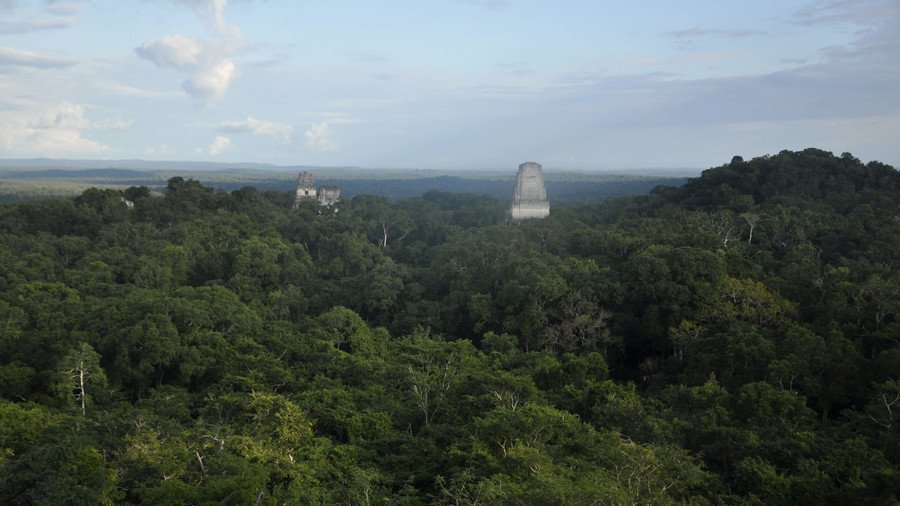An ancient Mayan megalopolis has been discovered beneath the jungles of northern Guatemala, after being hidden for centuries.
The discovery is a major breakthrough in the study of Mayan archaeology. Researchers uncovered a vast urban civilization of more than 60,000 houses, palaces and roads spanning over 800 square miles of the Maya Biosphere Reserve in the Petén region of Guatemala.
Mayan settlements began around 1,800 BC, and reached its peak about 1,200 years ago. Most of the cities were abandoned by 900 AD.
The discovery was made using infrared laser mapping technology LiDAR (Light Detection And Ranging), which penetrates through forests on the surface to create detailed aerial images that exposed the ruins.
“The LiDAR images make it clear that this entire region was a settlement system whose scale and population density had been grossly underestimated,” Thomas Garrison, an Ithaca College Maya archaeologist told National Geographic.
The structures were found near the Mayan city of Tikal, a popular tourist destination, and show that the city is far bigger than previously understood. A pyramid was also uncovered in the Tikal’s center, which was previously thought to be a natural hill.
“There are entire cities we didn’t know about now showing up in the survey data,” archaeologist Francisco Estrada-Belli said. “There are 20,000 sq km more to be explored and there are going to be hundreds of cities in there that we don’t know about. I guarantee you.”
The research was carried out with the Mayan Cultural and Natural Heritage Foundation (PACUNAM) organization and features a group of more than 30 scientists. The findings suggest the Central American civilization was more sophisticated than previously thought.
The city contains complex irrigation and terracing for agriculture. The megalopolis contains raised roads connecting different areas, and even has a pyramid. Also uncovered were a network of defensive walls, fortresses and ramparts.
"The application of the most advanced technologies has allowed us to discover an infinity of structures,” Guatemala’s Minister of Culture and Sports José Luis Chea Urruela said at a presentation in Guatemala City on Thursday. “The discovery of this type of construction allows us to re-imagine that great civilization that remains partially inscrutable.”
The survey also revealed evidence of looters, who had discovered the ancient town before the researchers.
“Many of these new sites are only new to us; they are not new to looters,” Marianne Hernandez, president of the PACUNAM Foundation said.
The amazing discovery is only part of a larger, three-year LiDAR initiative with PACUNAM which plans to map over 5,000 square miles (12,900 sq km) of the country’s lowlands. Some of the findings will be explored in an upcoming National Geographic documentary, Lost Treasures of the Maya Snake Kings.
Like this story? Share it with a friend!

